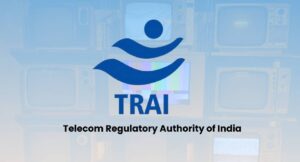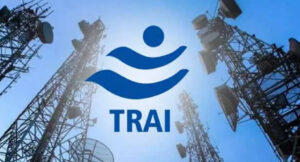Satellite communication companies such as Starlink, Eutelsat OneWeb, and Jio will have to pay 4% of their adjusted gross revenue as spectrum charges to the government, as per the telecom regulator’s recommendations issued.
This is steeper than what these companies had been lobbying for. Elon Musk’s Starlink and Amazon Inc.’s subsidiary Kuiper Systems had during consultations with the Telecom Regulatory Authority of India urged it to keep the spectrum charge below 1% of their adjusted gross revenue, with no other charges.
TRAI, however, has also recommended ₹3,500 per MHz as annual minimum spectrum charges for companies offering both fixed satellite services and mobile satellite services, and an annual charge of ₹500 per subscriber for fixed satellite services providers in urban areas.
Fixed satellite services deliver data communication and internet to fixed locations like homes, offices, or remote sites using stationary satellite dishes.
Mobile satellite services provide voice calls, text messaging, data, and internet access to users who are on the move—such as people on ships, airplanes, or in remote vehicles—using mobile terminals that can maintain a connection while in motion.
TRAI said the annual spectrum charges should be paid quarterly, within 15 days of the commencement of a quarter. The minimum charges should be paid in advance at the time of assignment of spectrum and at the beginning of every year, it said.
The spectrum will be assigned to the operators for a period of five years, TRAI said in its recommendations issued on Friday. The government may extend this for up to another two years, it added.
Satellite communications companies had pitched for a 20-year validity of spectrum.
For remote regions
TRAI’s recommendations come after the government on Wednesday issued a letter of intent to Starlink for providing its satellite internet services in India. Eutelsat OneWeb and the Jio-SES joint venture, which have already secured licences, have been waiting to secure spectrum from the government to commercially launch satellite internet services in the country.
In September, TRAI issued a consultation paper on the terms and conditions for the assignment of spectrum for certain satellite-based commercial communication services.
For targeted subscribers in unserved or underserved regions in rural and remote areas, the regulator has recommended that the government consider a subsidy for each fixed user terminal at an appropriate amount. The amount of subsidy may be decided by the government, TRAI said.
Satellite spectrum being a shared resource, TRAI recommended that the frequency spectrum in higher bands like C, Ku, Ka, and Q/V for satellite telecommunication services be assigned on a shared basis. It also suggested that all authorized entities using such shared spectrum coordinate with each other in good faith.
It recommended that the government provide spectrum to satcom firms in the frequency of C-band (4-8 GHz), Ku-band (10-15 GHz), and Ka-band (17-31 GHz, Q/V band (33-75 GHz), and L&S bands (1-4 GHz).
TRAI added that frequency ranges already identified for telecom services, such as 27.5-28.5 GHz and 42.5-43.5 GHz, satellite earth station gateways should be permitted to be established at uninhabited or remote locations where there is less likelihood of telecom services being provided.
“DoT (department of telecommunications) should prescribe the exclusion zone requirement for co-existence of IMT and satellite earth station gateways,” TRAI said.
To mitigate a scarcity of gateway sites, satellite earth station gateways should be installed and commissioned within 12 months from the date of permission granted to the satcom companies, TRAI said. LiveMint









